As more people switch to electric vehicles, one of the first questions that comes up is: Where do I charge my car, and what options are out there? The world of EV charging might seem a bit confusing at first, but it’s pretty straightforward once you know the basics. Whether you’re charging at home or on the road, there are different types of charging points designed to suit different needs. In this article, we’ll break down the main types of charging points, so you can figure out which one works best for you.
What Are EV Charging Points?
EV charging points, also known as charging stations or charge points, are the locations or devices that allow electric vehicles to recharge their batteries. These charging points vary in terms of charging speed, installation requirements, and where they are located. Whether at home, work, or public spaces, EV charging points have become a vital part of the EV ecosystem.
In general, EV charging points provide power to an electric vehicle's battery through a connection between the charging station and the vehicle. Depending on the type of charging point you use, the time it takes to charge your vehicle can vary greatly.
Types of EV Charging Points
EV charging points can be categorized into three primary types:
Level 1 Charging (Basic Home Charging)
Description: Level 1 charging uses a standard 120V outlet, the same as any household appliance. It's typically included with the purchase of an electric vehicle.
Use Case: Ideal for home use for drivers who travel short distances daily.
Pros: It has a low cost, is easy to use, and has no need for special installation.
Cons: Very slow charging speed (adds around 3-5 miles of range per hour), making it unsuitable for those who drive long distances regularly.
Level 2 Charging (Faster Home and Public Charging)
Description: Level 2 charging operates at 240V, the same as most household appliances like dryers or ovens. It can be installed in homes or used at public charging stations.
Use Case: Suitable for home or workplace use, especially for those who need faster charging.
Pros: Significantly faster than Level 1 (adds about 20-30 miles of range per hour).
Cons: Requires professional installation and a higher upfront cost.
DC Fast Charging (Rapid Public Charging)
Description: DC fast charging stations use direct current (DC) to rapidly charge an EV’s battery. These stations are commonly found in public places, especially along highways.
Use Case: Ideal for long-distance travel or when a quick charge is needed.
Pros: Extremely fast, can charge a vehicle up to 80% in 30 minutes.
Cons: Expensive to install and maintain, not suitable for home use.

Comparison Table: EV Charging Types
| Type | Charging Speed | Installation Cost | Best Use Case |
| Level 1 Charging | 3-5 miles of range per hour | Low (comes with EV) | Home charging, low-mileage users |
| Level 2 Charging | 20-30 miles of range per hour | Moderate (professional install required) | Home, workplace, public stations |
| DC Fast Charging | 80% charge in 30 minutes | High (expensive infrastructure) | Long-distance travel, public use |
How to Choose the Right EV Charging Point?
Choosing the right EV charging point depends on a few key factors, including your driving habits, charging location, and budget.
Daily driving distance is one of the first things to consider. If you typically drive short distances (under 30 miles per day), a Level 1 charger, which uses a standard household outlet, might be sufficient. It charges slowly, but if you can leave your car plugged in overnight, it may meet your needs. However, for longer daily commutes or frequent driving, a Level 2 charger is more appropriate, as it provides a faster charging speed, ensuring your car is ready to go each day.
Where you plan to charge also plays an important role. If you’re charging at home, a Level 2 charger strikes the best balance between speed and installation cost. For those who often rely on public charging stations, especially during long trips, DC fast chargers are essential, providing quick top-ups within 30 minutes. Keep in mind, however, that these are primarily found at public stations and not for home use.
The size of your vehicle’s battery is another factor to weigh. Plug-in hybrid electric vehicles (PHEVs) with smaller batteries can easily charge with Level 1 or Level 2 chargers. On the other hand, fully electric vehicles with larger batteries benefit more from the faster charging speeds of Level 2, while DC fast charging is helpful when you need a rapid recharge on the go.
Charging speed requirements vary based on your schedule and patience. If you can afford to wait while your car charges overnight or during long parking sessions, Level 1 or Level 2 EV chargers will work just fine. If fast charging is a priority, then DC fast chargers are the best option when traveling or for quick stops at public stations.
Your budget will also influence your choice. Level 1 chargers are the most cost-effective since they use standard home outlets, though they charge slowly. Level 2 chargers are faster but require professional installation, which adds to the upfront cost. DC fast chargers, while the fastest, come with a significant cost and are typically only found in public locations due to their expensive infrastructure.
Conclusion
Choosing the right EV charging point doesn't have to be complicated. Whether you're charging at home with a Level 1 or Level 2 charger, or taking advantage of DC fast chargers on the road, each option serves a different purpose depending on your lifestyle. By considering how far you drive, where you plan to charge, and your budget, you can find the charging solution that fits seamlessly into your routine.
Take a moment to evaluate your needs and make the switch to a more convenient, efficient charging experience—because owning an electric vehicle is all about ease and flexibility!

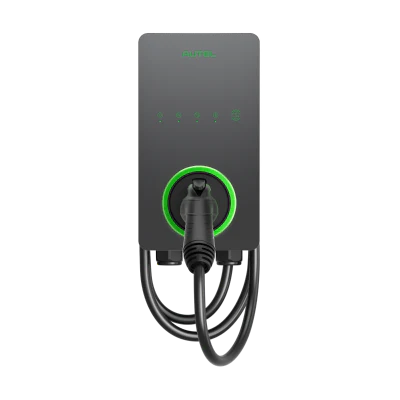
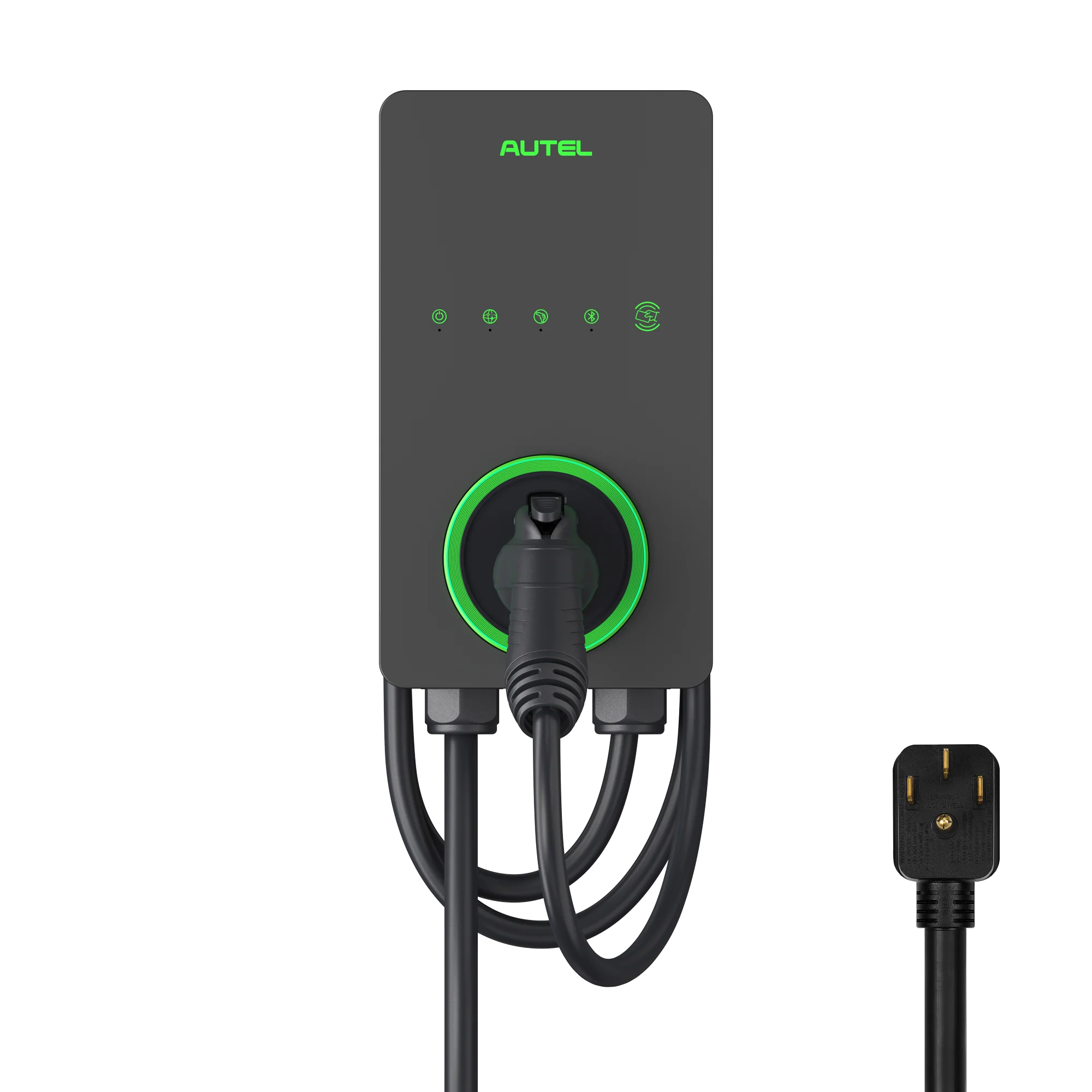
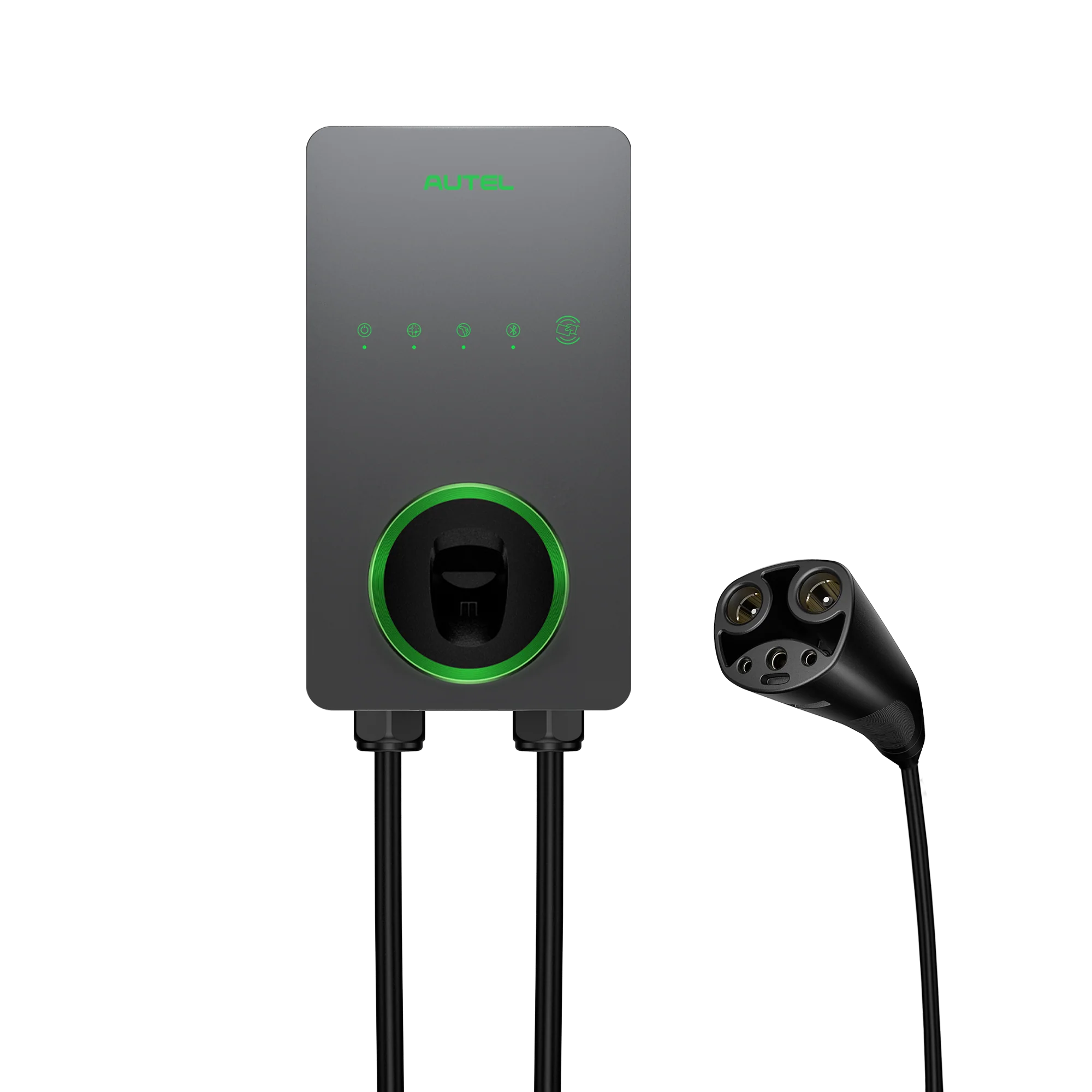
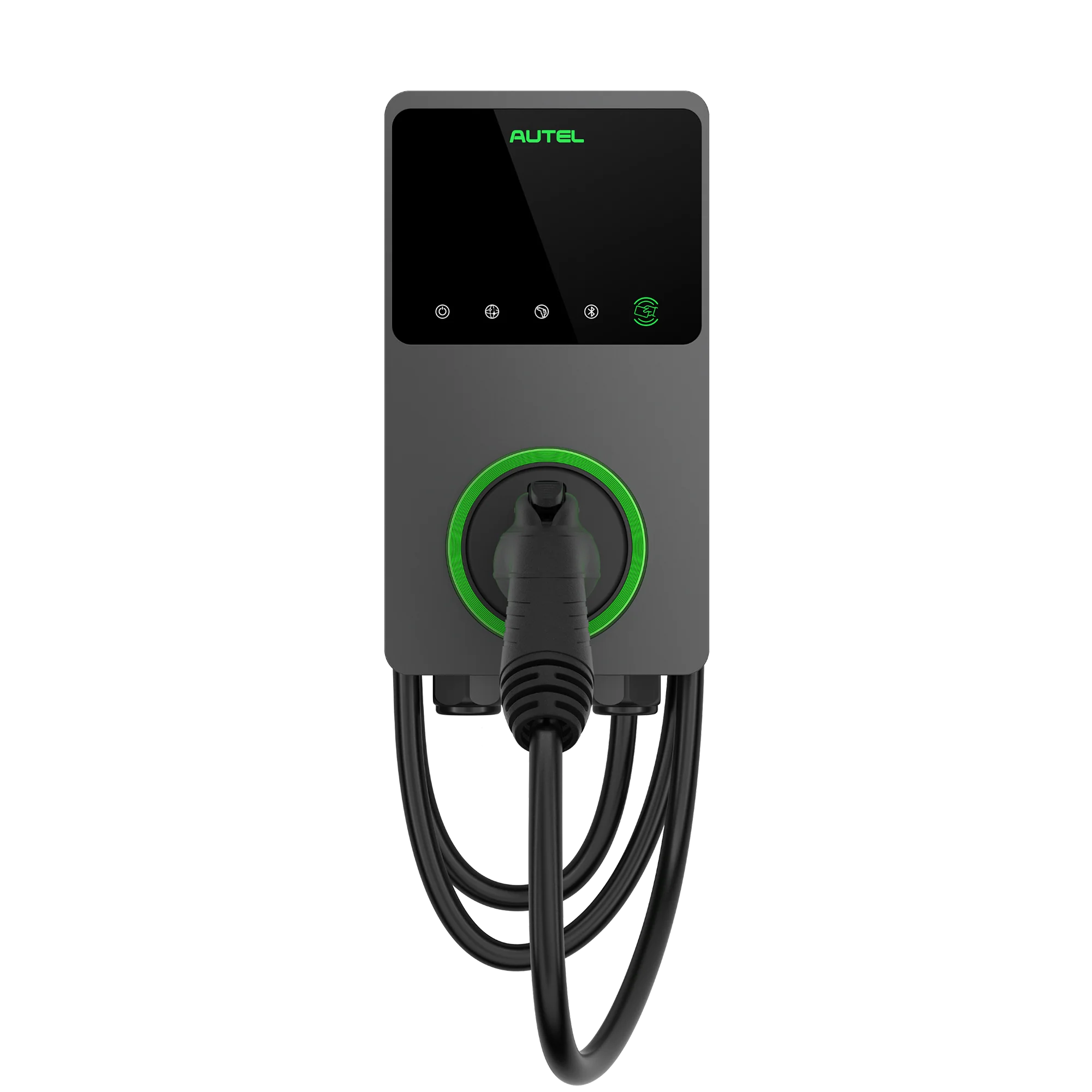
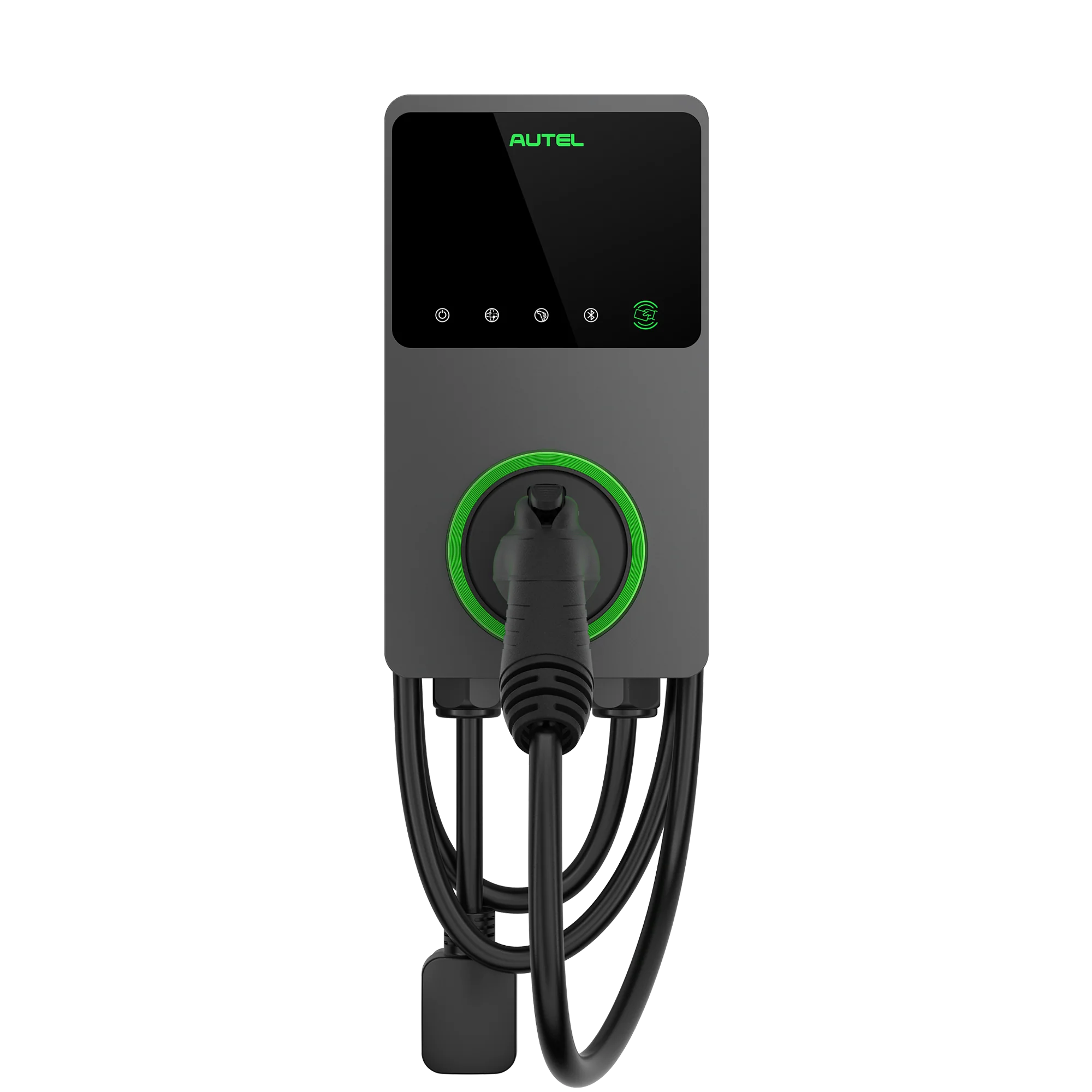
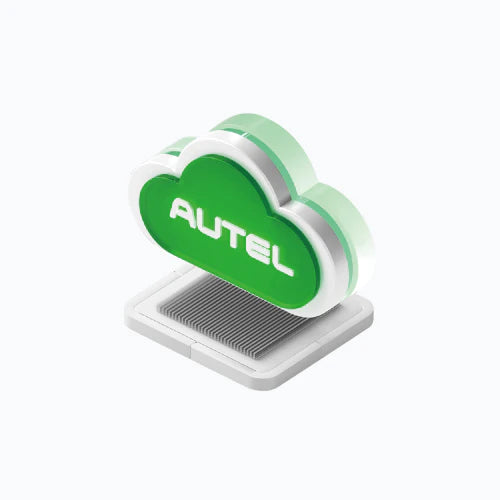
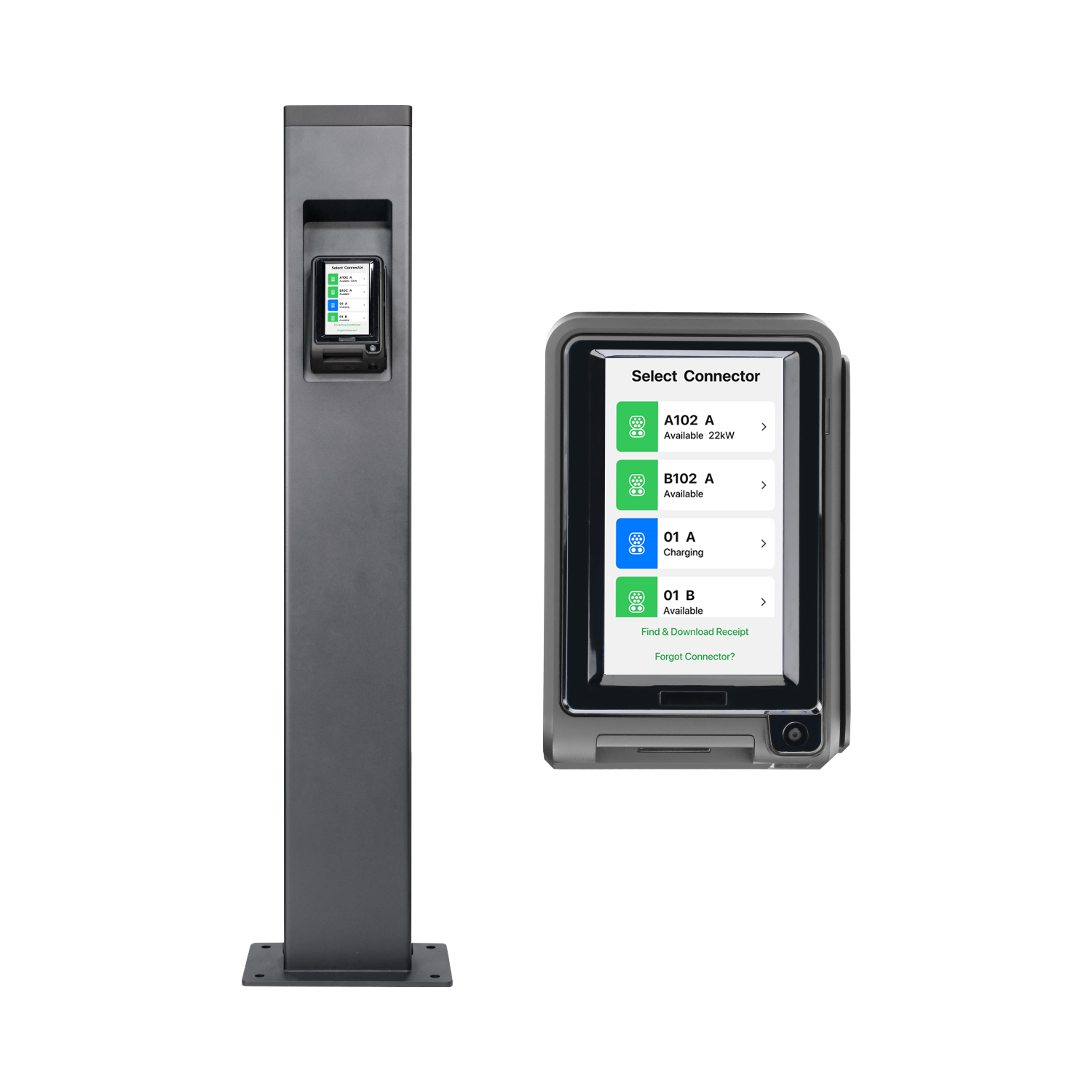
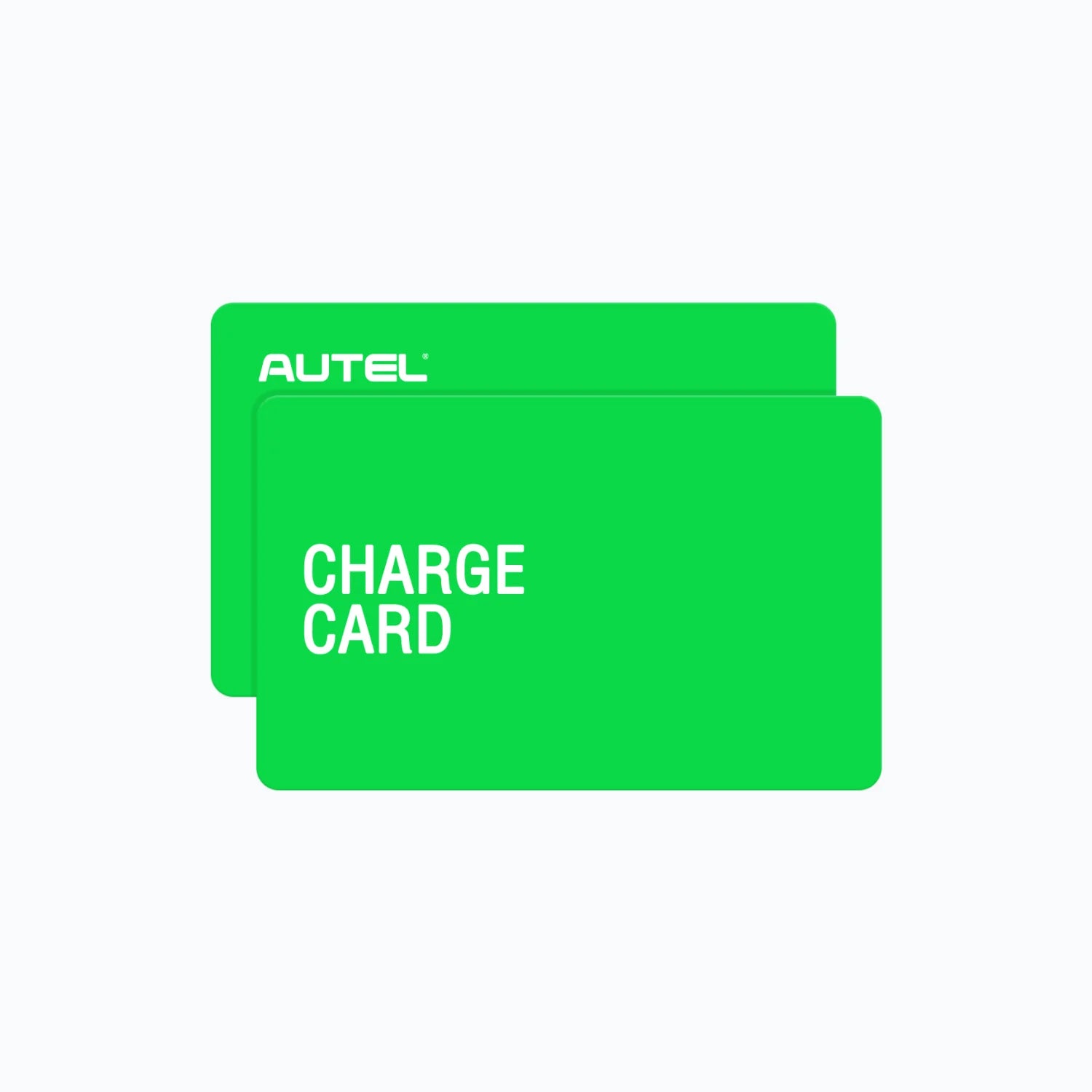
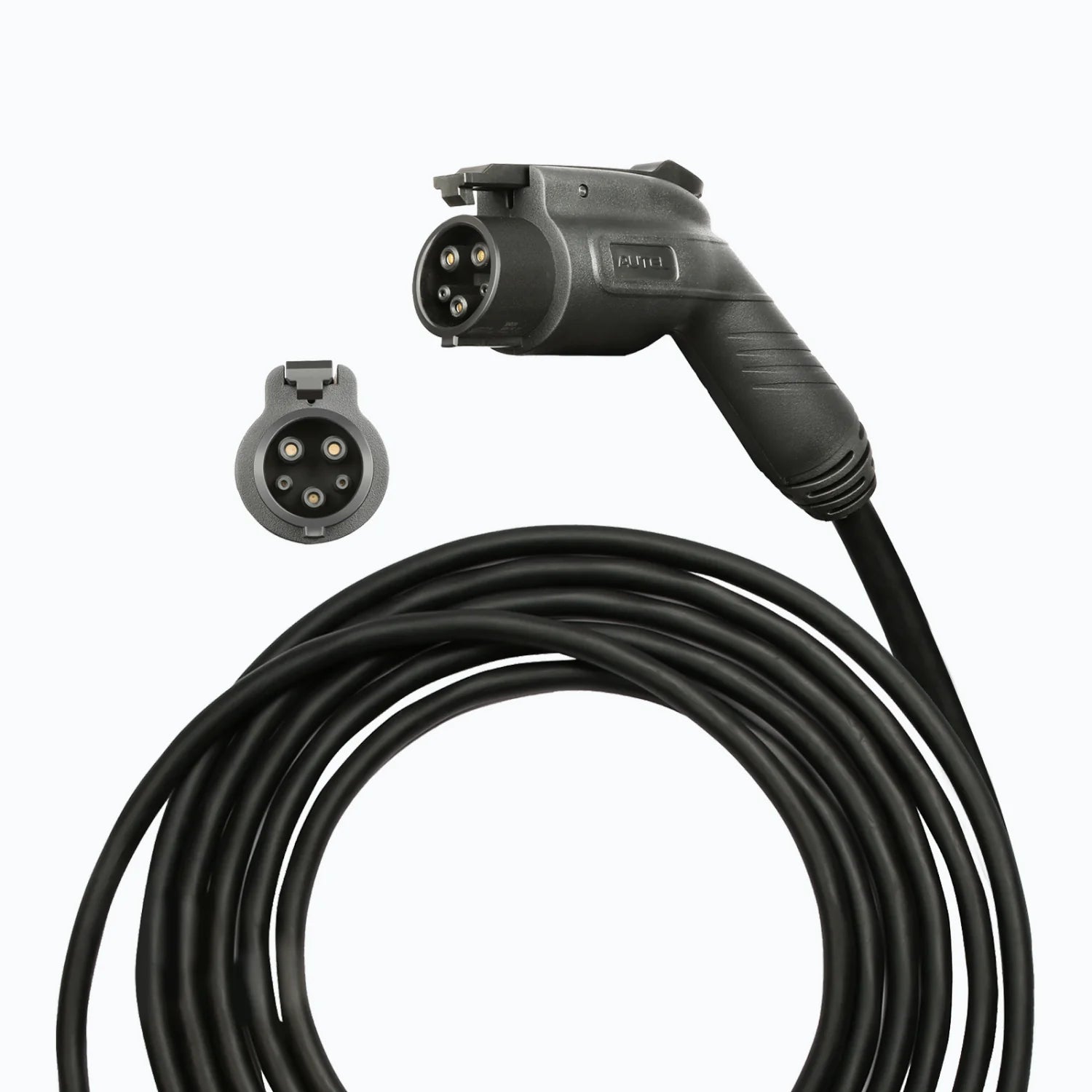
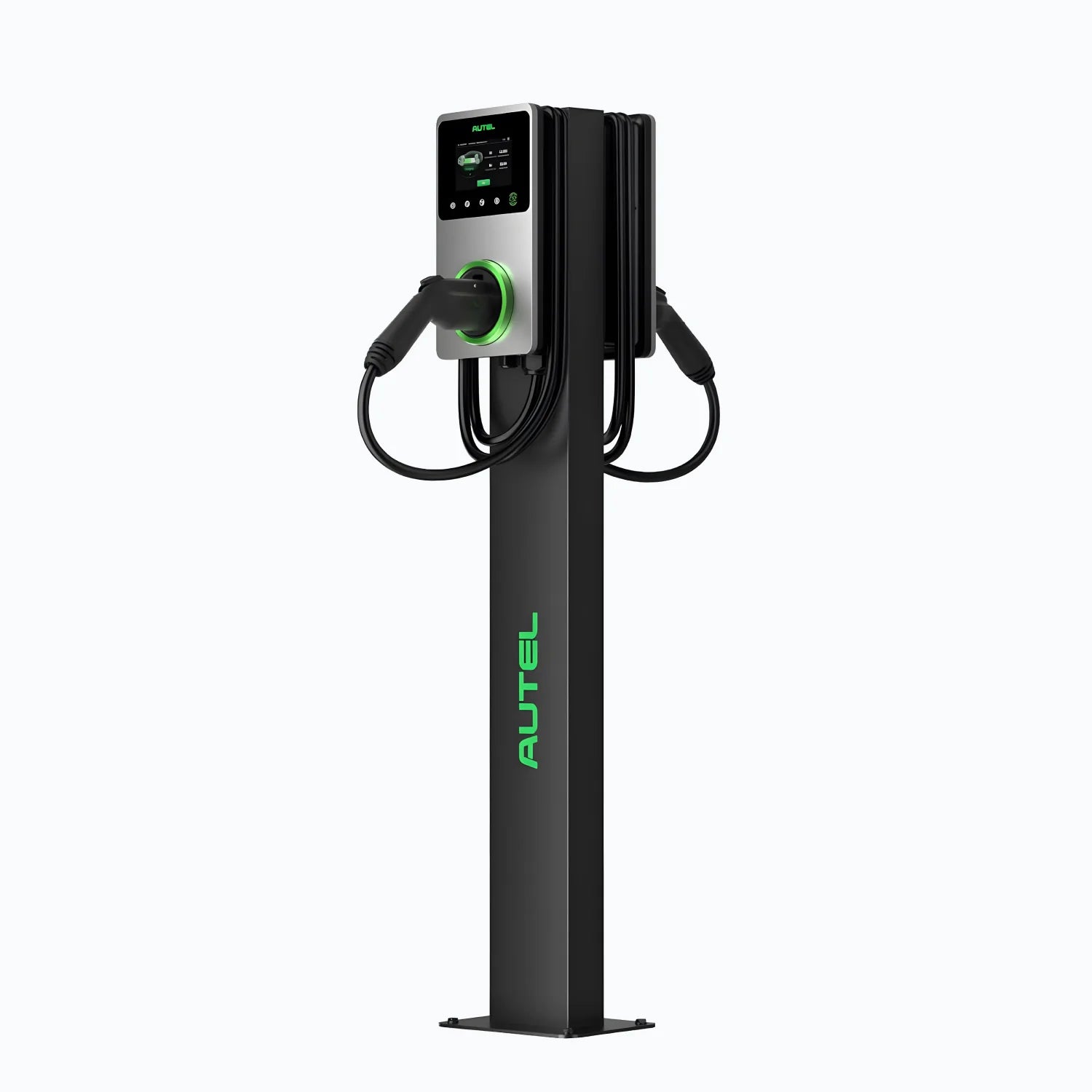
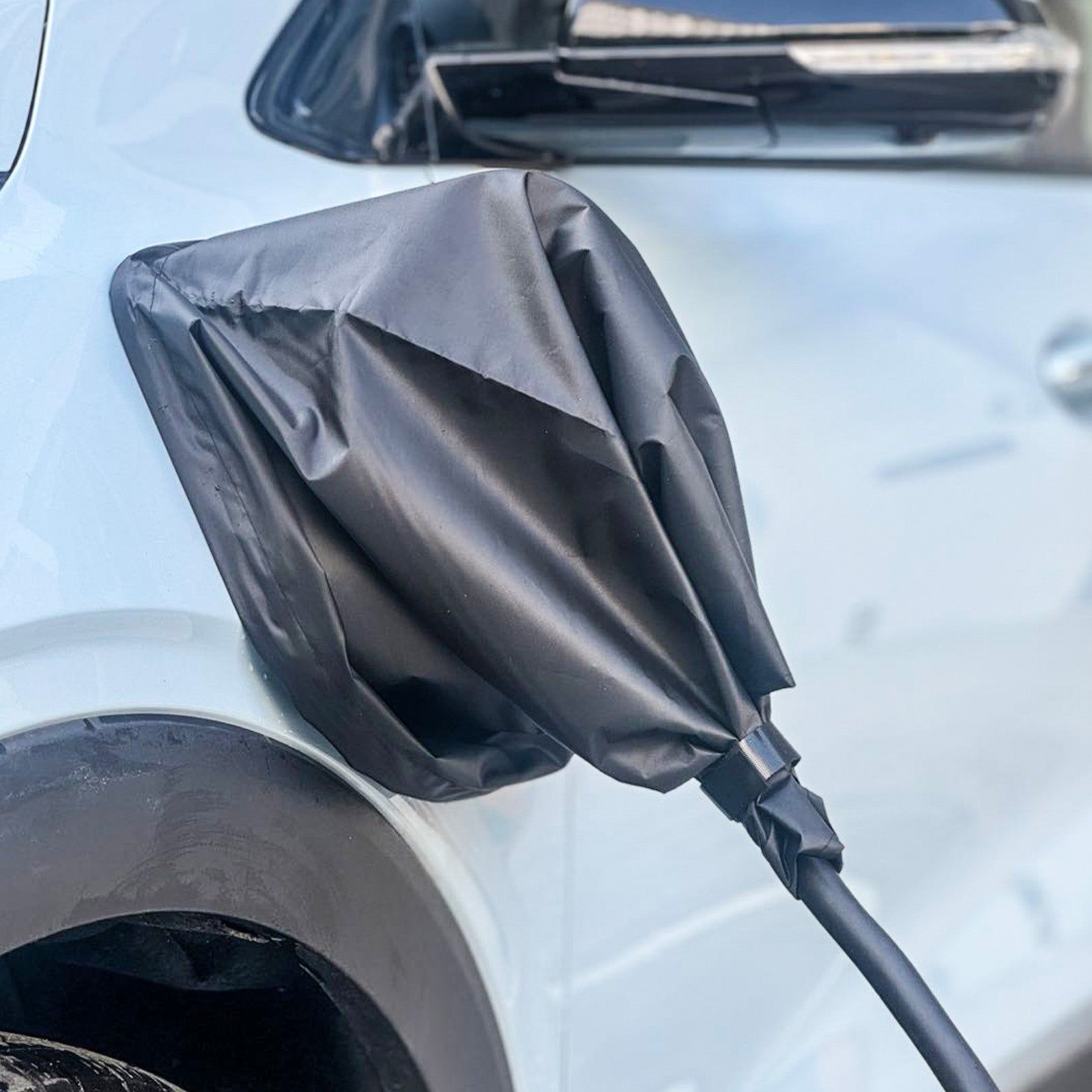
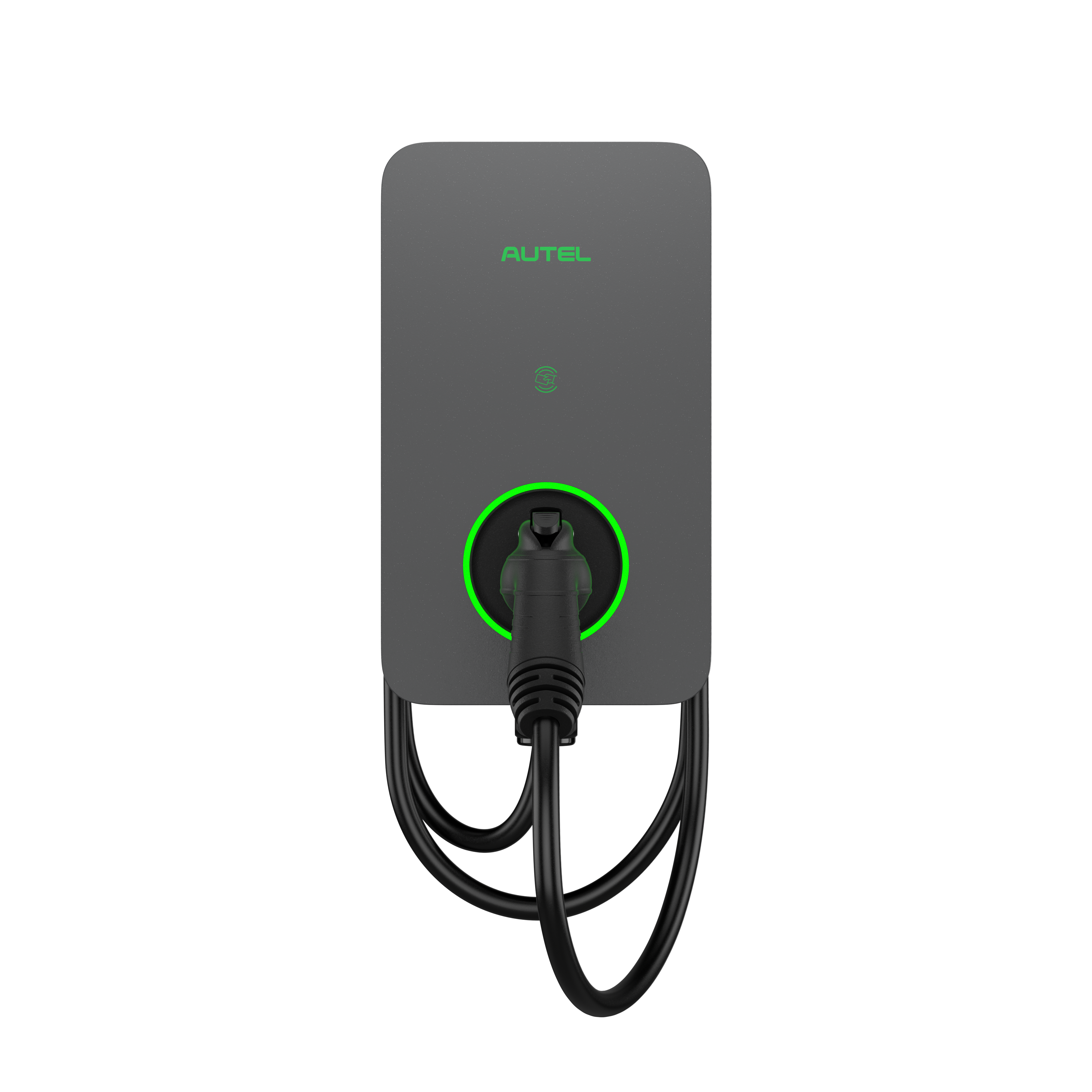
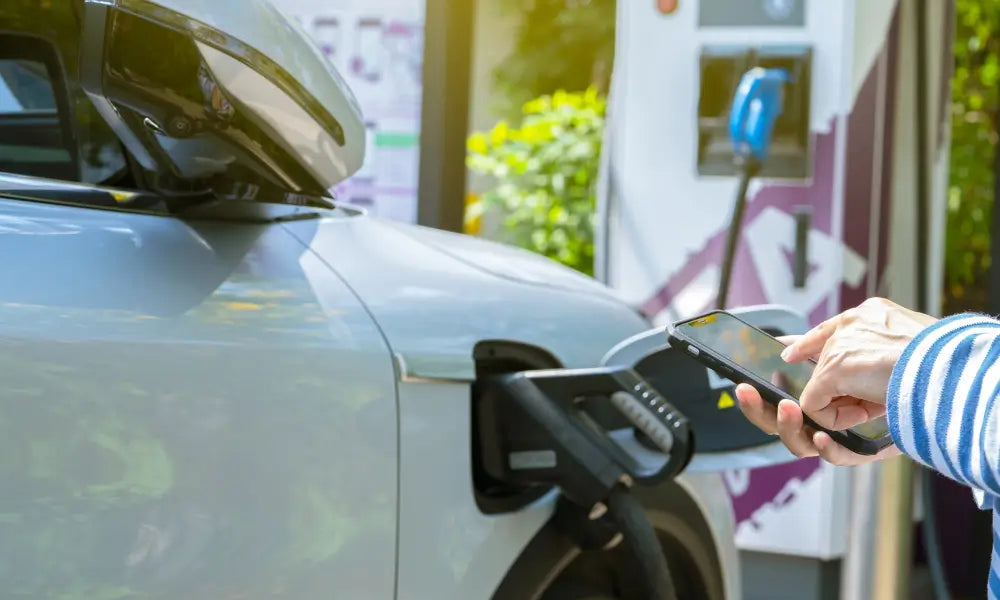
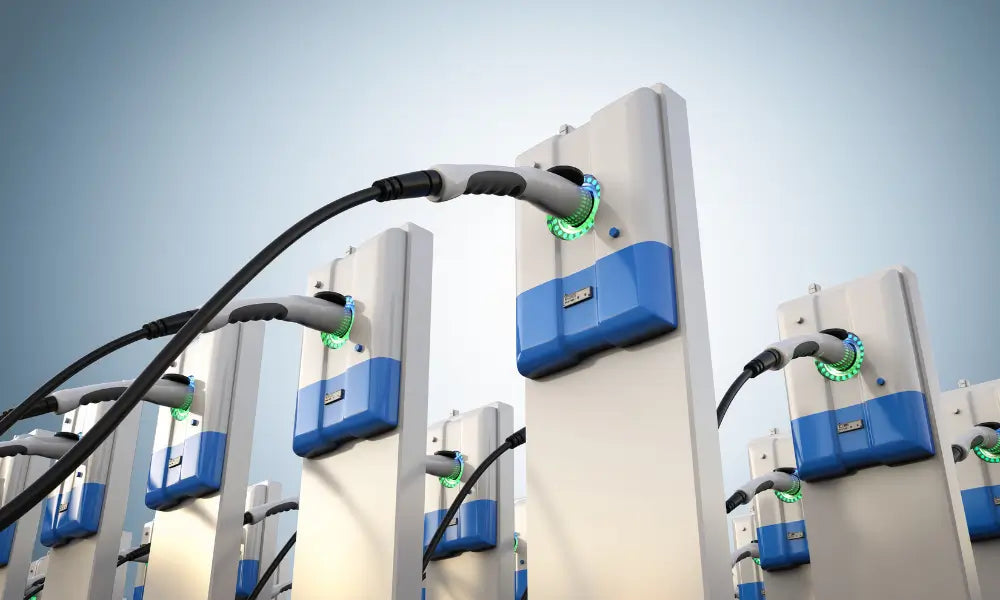
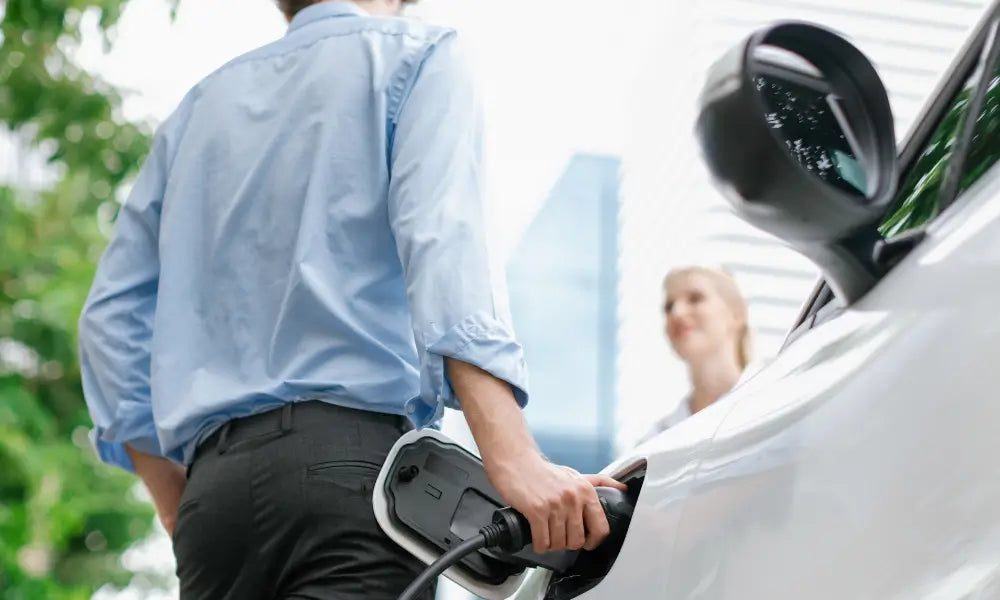
Dejar un comentario
Todos los comentarios se revisan antes de su publicación.
Este sitio está protegido por hCaptcha y se aplican la Política de privacidad de hCaptcha y los Términos del servicio.